High blood sugar, or hyperglycemia, can affect people with diabetes. Typically, glucose from food enters the bloodstream and moves into cells with the help of insulin, a hormone made by the pancreas.
If you have diabetes, this process doesn’t work as well, and you may have elevated blood sugar levels. Limiting certain foods may help you manage your blood sugar.
1. White Flour Tortillas
bhofack2 / Getty Images
Simple carbohydrates are easily digested and cause blood sugar to rise rapidly. Limiting simple carbs, like refined grains, can help control high blood sugar. Fiber, which slows digestion and helps prevent blood sugar spikes, is typically removed during the processing of refined grains.
White flour tortillas are made with refined grains, but you don’t have to avoid them entirely. You could eat flour tortillas in moderation, or consider opting for whole-grain or corn tortillas. Some white flour tortillas only have 1 gram of fiber, while corn tortillas have 2 g, and whole wheat tortillas have 5 g.
2. Flavored Nut Butter
Sanny11 / Getty Images
Nut butter can add protein, fiber, and potassium to your diet. However, flavored nut butter may contain more added sugar than expected, so double-check the label first.
Creamy peanut butter may have only 2 g of added sugar, while the chocolate version can have 8 g.
3. Energy Drinks
bauwimauwi / Getty Images
People who want to manage their blood sugar are often told to limit sugar-sweetened beverages, like sodas and gourmet coffee drinks. It is also important to cut back or avoid energy drinks.
Some 16-oz energy drinks have between 54 and 62 g of added sugar. Evidence shows that people with type 2 diabetes who consume sugar-sweetened beverages are at an elevated risk for heart issues and poor cognitive function.
Caffeine can also impact blood sugar levels for some people with diabetes. Energy drinks are loaded with caffeine—some 16-oz cans have up to 328 milligrams.
4. White Rice
Pakin Songmor / Getty Images
White rice is another low-fiber refined grain that can spike blood sugar levels. White rice is an important part of many diets, and you don’t need to completely avoid this grain. Consider eating it in moderation or occasionally swapping white rice for whole grains, like brown rice or wild rice.
You can also cook white rice the day before you plan to eat it. Cooling the rice allows for indigestible resistant starch to form. Some research suggests that reheated refrigerated white rice leads to a smaller blood sugar spike than fresh white rice.
5. Bagels
pjohnson1 / Getty Images
Some people with diabetes who need to monitor their blood glucose levels use the glycemic index, a tool to determine how quickly certain foods will raise blood sugar. Low GI foods typically have a slower effect than high GI foods.
Bagels and other types of white bread have a high glycemic index. Consider swapping your morning toast or bagel for a low-GI option like oatmeal.
6. Baked White Potatoes
LauriPatterson / Getty Images
White potatoes are another high GI food that may spike blood sugar. Baked potatoes also have a high glycemic load, which is another tool to measure how foods impact blood sugar. Unlike the glycemic index, glycemic load considers the amount of carbohydrates in a standard serving size.
Many people can have an occasional baked potato, but limiting this starchy vegetable can help you manage blood sugar levels.
7. Candy
bfk92 / Getty Images
Candy, ice cream, and other sugary desserts are simple carbohydrates that lead to quick blood sugar spikes. Making certain swaps, like having naturally low-sugar dark chocolate or fiber-rich fruit, can help fill your sweet cravings.
Diet Is Only One Way to Manage Blood Sugar Levels
The foods you eat play an important role in your blood sugar levels. However, diet is just one piece of the puzzle.
Hydration, exercise, stress, pregnancy, and certain medical conditions besides diabetes also influence blood glucose. It is important to work with a trusted healthcare provider to learn how to use dietary changes along with glucose monitoring and medications to manage your high blood sugar.



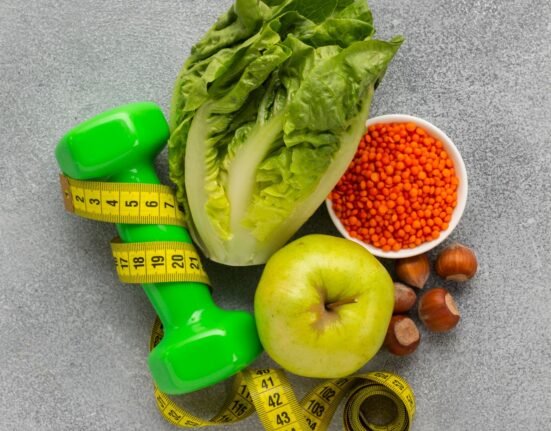
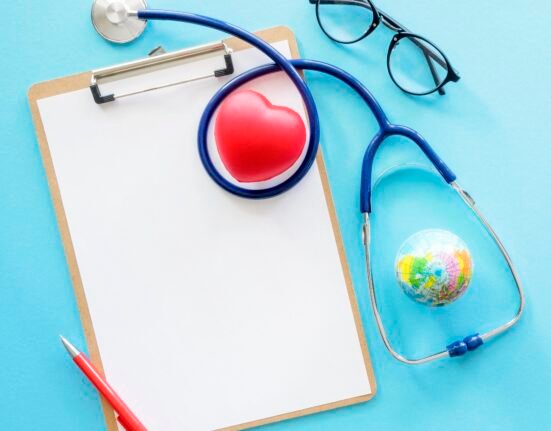



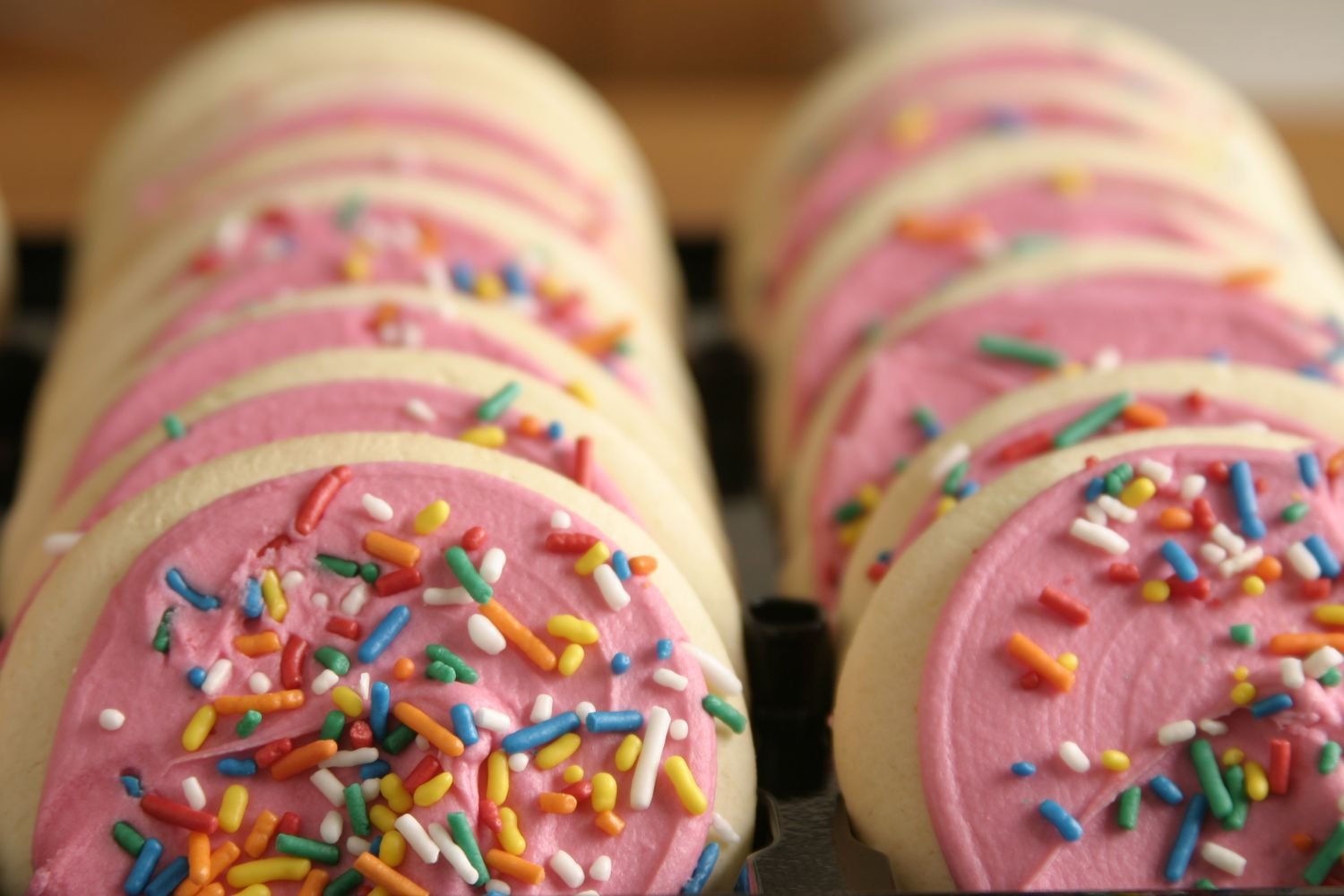
:max_bytes(150000):strip_icc()/StephanieBrownnewheadshot-e5ca9ba2a404491384e9300a7871f190.jpg)
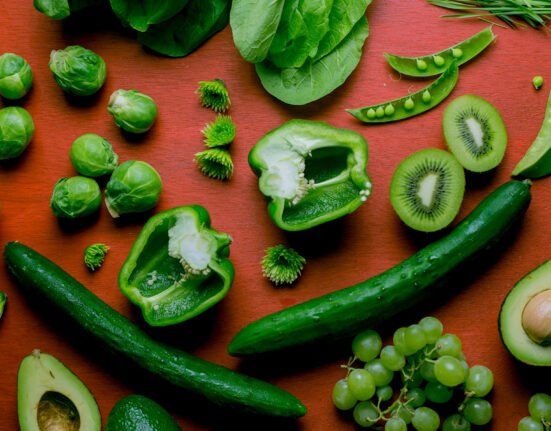
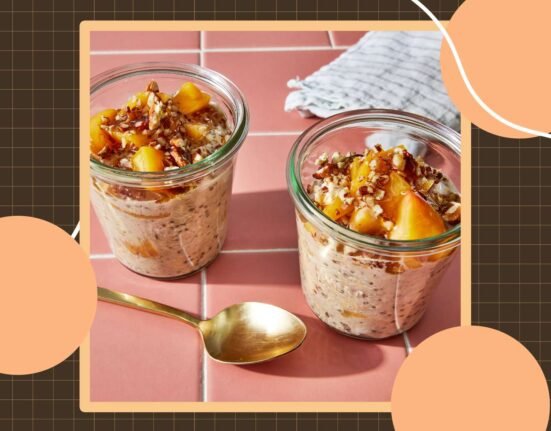
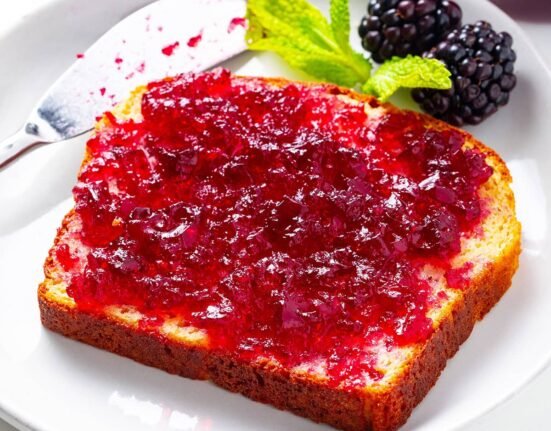
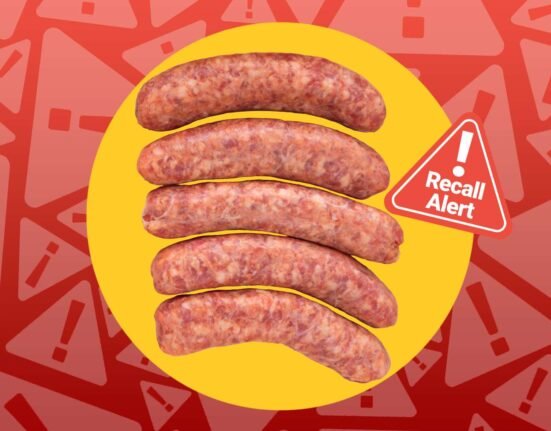

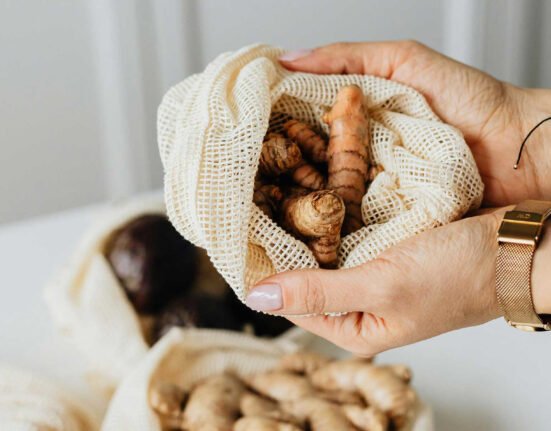
Leave feedback about this